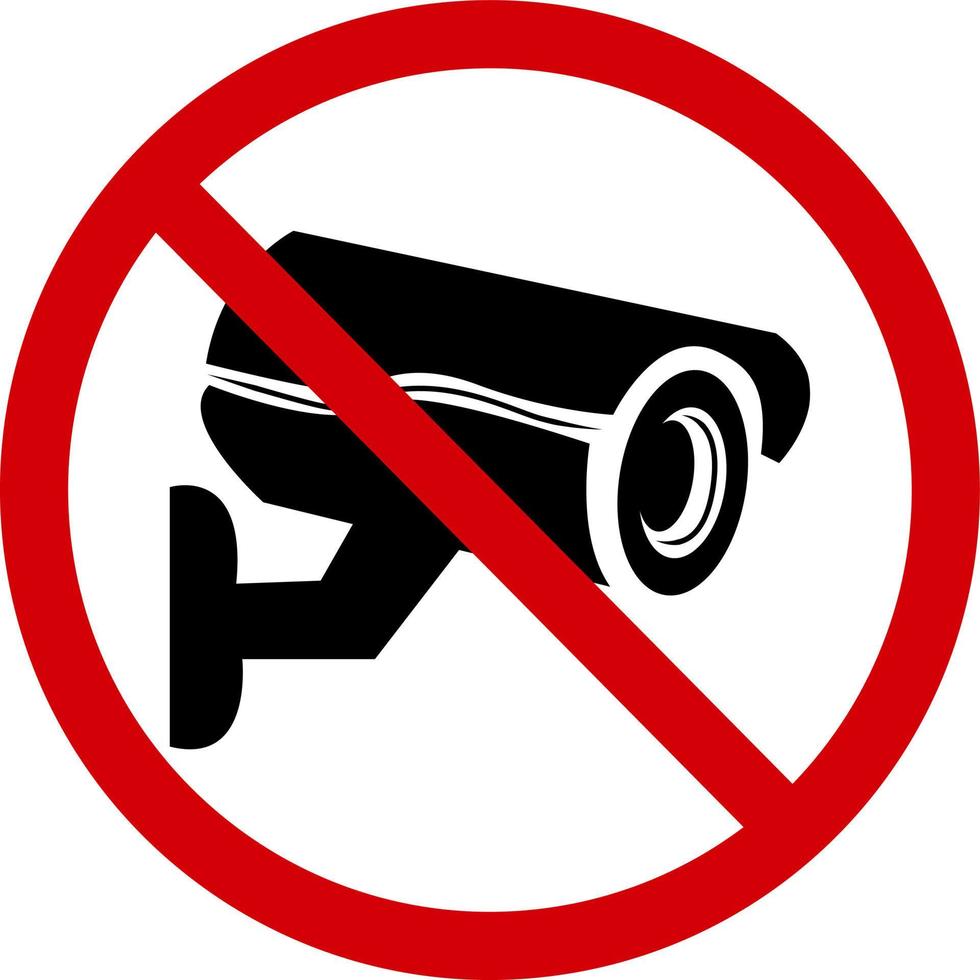

If you use a .local domain, your device MUST ask the mDNS address (224.0.0.251 or FF02::FB) and MAY ask another DNS provider. Successful resolution without mDNS is not an intended feature but something that just happens to work sometimes. There’s a reason why the user interfaces of devices like Ubiquiti gateways warn against assigning a name ending in .local to any device.
I personally have all of my locally-assigned names end with .lan, although I’m considering switching to a sub-subdomain of a domain I own (so instead of mycomputer.lan I’d have mycomputer.home.mydomain.tld). That would make the names much longer but would protect me against some asshat buying .lan as a new gTLD.








That does make encryption was less appealing to me. On one of my machines / and /home are on different drives and parts of ~ are on yet another one.
I consider the ability to mount file systems in random folders or to replace directories with symlinks at will to be absolutely core features of unixoid systems. If the current encryption toolset can’t easily facilitate that then it’s not quite RTM for my use case.